Last week I wrote about Service Member exposure to the effects of Blast Over Pressure (BOP) firing weapons during training and combat.
There has been a great deal of innovation in the suppressor industry over the past few years as government demands and manufacturing technology both increase. However, most of the improvements have been on four areas:
1. Sound suppression
2. Light suppression
3. Thermal dissipation
4. Particulate blowback
We’ll break those down one by one and look at ways industry has worked to improve performance in those areas.
Sound Suppression
Silencers as they were known at the time were initially created to deaden the sound of a firing weapon. It’s a very straightforward concept and different construction techniques and materials have been used over the years to facilitate the process. Manufacturers have become so good at this attribute that they are willing to sacrifice some performance for improvements in the other areas described here. Interestingly, the desire to suppress more and more weapons has increased. There is even discussion of suppressing the upcoming Precision Grenadier System, a semi-automatic, magazine-fed grenade launcher.
The advent of additive manufacturing, or as it is commonly known, 3-D printing, has given rise to very complicated designs, which can control the release of sound from firing as well as other advantages we’ll get into next.
Light Suppression
Early in the Global War On Terror, Special Operators who operated primarily at night began to realize that sound suppression was only of particular advantage during the first memory’s of contact with the enemy. After that, visual cues in the form of flames coming out the end of weapons identify the location of operators and they asked suppressor manufacturers to deal with the issue. Now, shooters observe only a first round pop visual signature as initial gasses in the suppressor are ignited while other manufacturers have eliminated even that.
Thermal Dissipation
As suppressors heat up under fire they often take on an orange glow in the visual spectrum and almost serve as a beacon when observed under thermal or Infrared sensors. Not to mention, they plain old get hot and can burn the operator. US Special Operations Command’s Suppressed Upper Receiver Group program attempted to acquire an integrally suppressed M4 upper receiver with the suppressor under the weapon’s handguard but ended up buying a URP with a suppressor featuring a cage to prevent burn injuries.
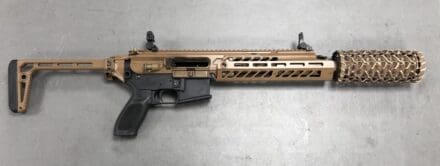
As opponents on the battelfield began to use sophisticated sensors, special operators began to be targeted for their hot weapons and several systems and techniques were investigated to mitigate the threat. This remains a requirement in new NATO weapon acquisition programs.
Particulate Blowback
Special operators have been using suppressors for decades and have taken for granted being gassed in the face, particularly during sustained fire or in confined spaces. The burning of the eyes and difficulty breathing became the cost of doing business but the advantages of using a suppressor far outweighed the discomfort.
But as the Army and Marines Corps began to experiment with suppressors, the troops who were unused to the blowback started to complain and the acquisition community began to take a look at the issue. Turns out, sucking down fumes created by the combustion of propellants is very bad for your health.
When a semiautomatic firearm is suppressed, the suppressor doesn’t allow all of the propellant gases from flowing forward and out the end of the barrel. Many are pulled rearward into the shooter’s face during cycling.
Getting the Balance Just Right
The US Army’s Next Generation Squad Weapon program is one of the first that demanded that this new capability would be suppressed and provide sound and light suppression as well as mitigation from propellant fumes.
As the requirement was added during the competition, all three of the companies involved had to hit the ground running and tweak their systems to lower the amount of particulate expelled into the face of the firer.
SIG already had some experience with this answering the SURG requirement when they reduced the amount of fumes that reach the operator by up to 80%, but as it turns out, the Army and SOCOM have different particulate standards and measure differently meaning they still had their work cut out for them. All three met the requirement after learning a few things and applying some changes and the firers of the current NGSW rifle are exposed to lower noxious fumes levels than Soldiers firing the M4.
Still more may be done to mitigate the exposure to noxious fumes as propellant manufacturers rise to the challenge.
Meanwhile, some companies like SureFire have taken to using super computers at the national laboratories to conduct exhaustive fluid dynamic simulations to try out different suppressor designs before they actually cut any metal.
Attacking Blast Over Pressure
Unfortunately, the government had not until recently identified the medical threat posed by BOP. Consequently, industry has just begun to attack this new problem. Multiple concepts have been proposed, and several have made it past the white paper stage into actual material solutions. It’s a new frontier that will affect design and how weapons are employed, particularly during training.
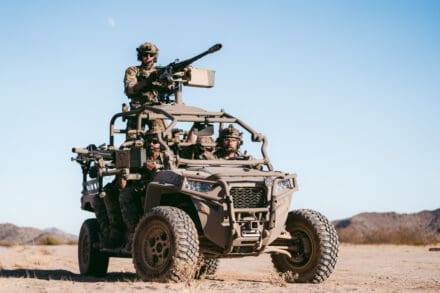
Once thought to be the Holy Grail, we are learning it is attainable. In our next installment we are going to look at how one company has balanced the already identified suppressor attributes with a new capability, to mitigate the effects of BOP on both man and material and on me of the most difficult weapons to suppress, the M2 heavy machine gun.
You can skip to the end and leave a response. Pinging is currently not allowed.
Read the full article here

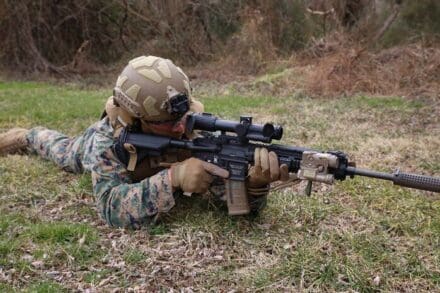
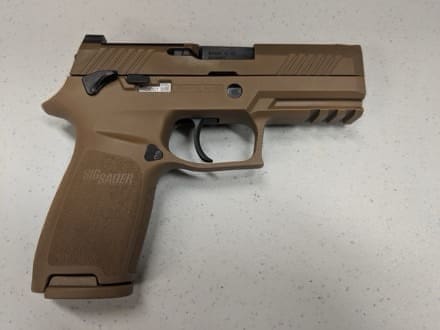


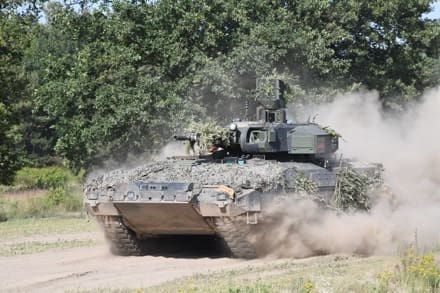
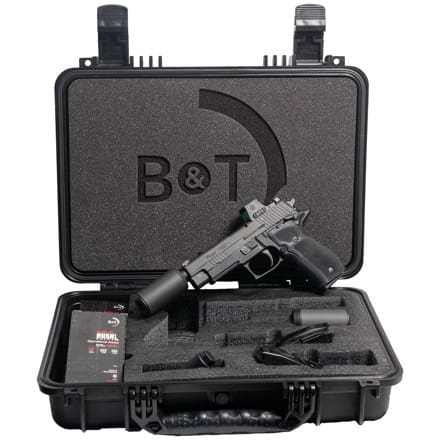
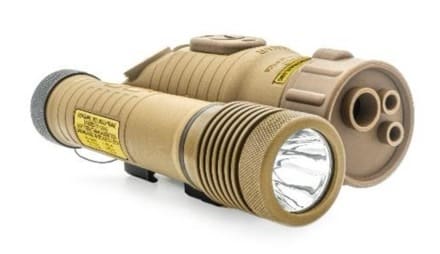
Leave a Reply